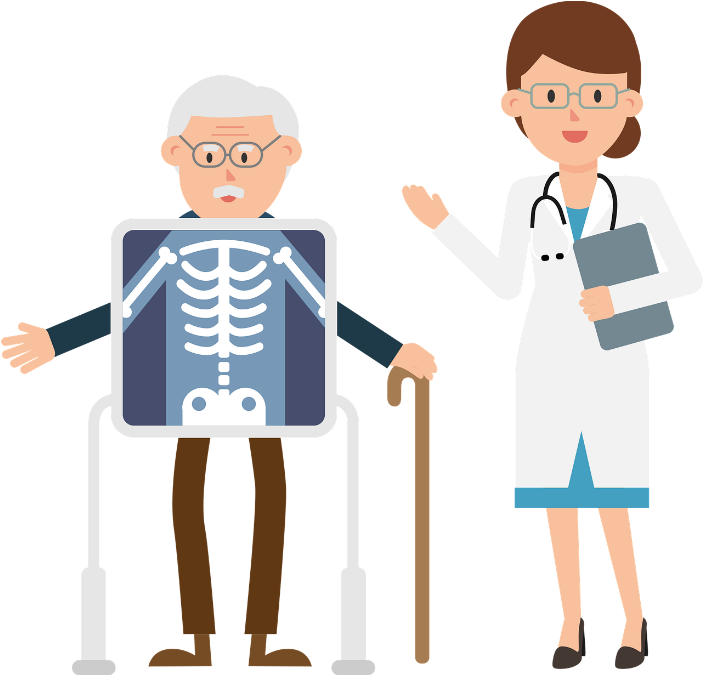
Everyone's talking about how artificial intelligence, or AI, is changing healthcare. One big area where this is happening is radiology.
So, what's radiology? It's when doctors use pictures like X-rays, MRIs, and CT scans to see if you're sick or have an injury.
With advancements in AI, people are wondering if these machines might end up doing the job instead of doctors. Let's take a closer look to understand the real picture.
What Radiologists Do
First off, let's talk about what a radiologist does. These doctors look at a lot of medical images to find all sorts of issues, from broken bones to cancer.
They're the ones who tell your regular doctor if you need more tests or even surgery.
The work is detailed, and the stakes are high; missing a small detail on an image could mean missing a diagnosis.
This is mentally and emotionally draining. Studies have shown that nearly 45% of radiologists have experienced burnout at some point in their careers.
AI: A Helping Hand
AI is changing the game in radiology, but not in a scary way. It uses smart tools like machine learning to quickly scan medical pictures and point out things that might be a problem.
This is great for many reasons. For one, it makes the radiologist's job a bit easier by doing some of the groundwork. It can sort images and bring attention to ones that need a closer look.
With all this help, some people, including medical students, are wondering if radiology is still a good career choice. But there are plenty of rewarding travel radiology positions and other job opportunities that aren't going away.
Types of AI in Radiology
Machine Learning
This is a progressive AI that continually improves. As it processes more data and experiences further interactions, its efficiency and accuracy in performance steadily enhance.
Anomaly Detection AI
AI systems in radiology can identify uncommon or overlooked abnormalities in scans, ensuring rare conditions don't go unnoticed and enhancing early detection and intervention.
Natural Language Processing (NLP)
This is the part of AI that understands how we talk and write. It's super useful when radiologists need to go through written medical reports along with images.
Why Radiologists Are Here to Stay
Sure, AI is making some noise in the world of radiology, but that doesn't mean radiologists are going anywhere. Here's why:
Human Oversight Is Essential
AI systems, while advanced, still require human oversight. They can make mistakes or generate false positives.
For example, AI may flag something as a harmless tumor. Radiologists need to be there to double-check and confirm the findings.
The Human Element Matters
Medical diagnosis is not just about reading images; it's also about understanding the patient's overall condition, history, and symptoms.
A radiologist often consults with other doctors, suggests further tests, and even helps decide treatment plans.
AI is not equipped to perform these complex tasks that require human judgment and emotional intelligence.
More Jobs, Not Fewer
Instead of taking away jobs, AI could make more of them. Since AI can do simpler tasks, radiologists will have more time to focus on complicated cases or even do research.
And don't forget about the tech folks who know how to work with AI; they'll be in high demand, too.
AI Limitations
Security Issues
AI systems can get hacked just like anything else that's online. Keeping these systems safe is a big deal, especially when people's health is on the line.
Lack of Emotional Intelligence
While AI can process vast data, it lacks human emotional intelligence. This limitation prevents AI from fully understanding or responding to nuanced human emotions, potentially hindering user interactions.











